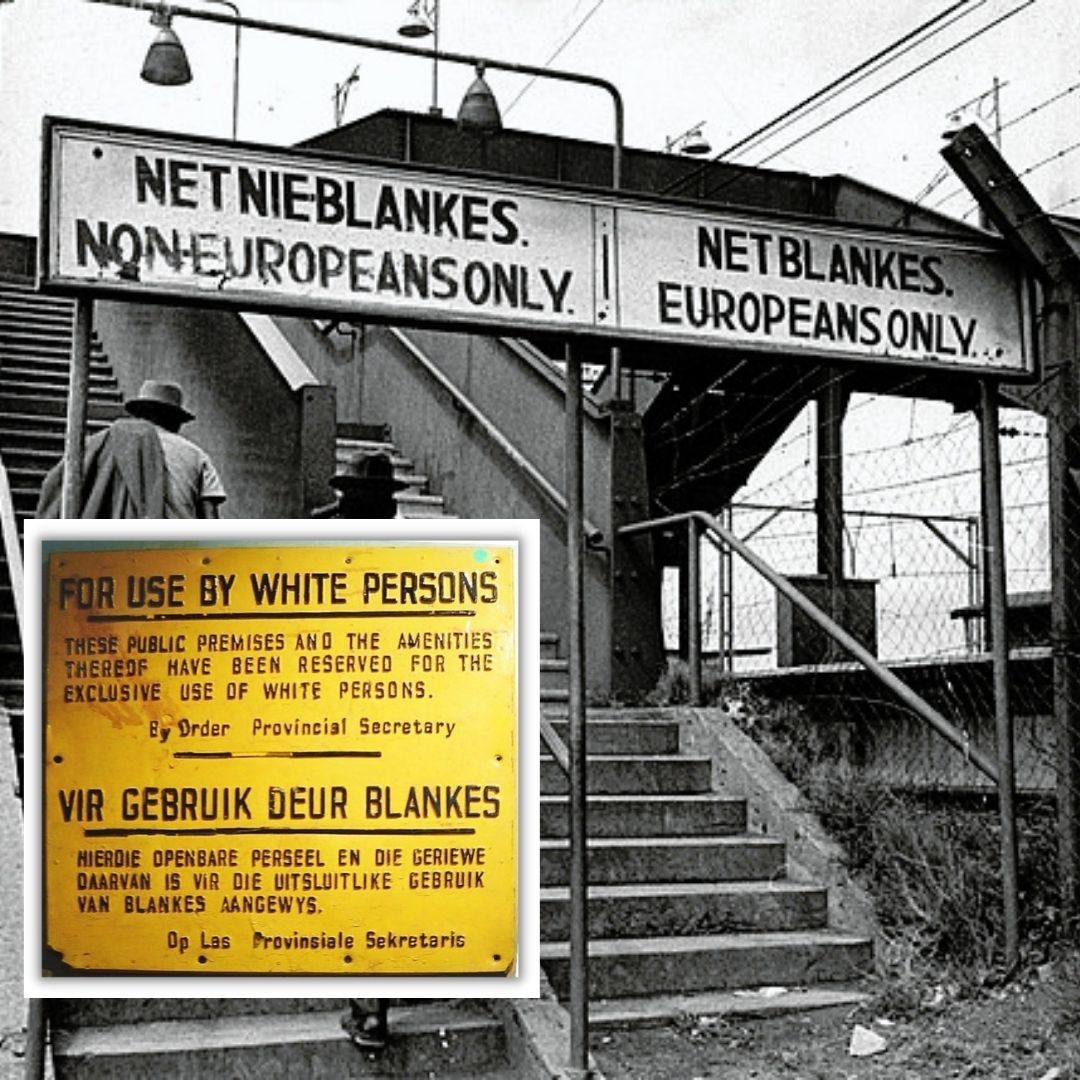Looking Back At The Ills Of 'Apartheid' In South Africa Etched Forever In History
Writer: Akanksha Saxena
I am a budding journalist who loves to write stories that have the ability to connect with people.
Others/World, 17 March 2022 9:02 AM GMT
Editor : Ankita Singh |
A literature lover who likes delving deeper into a wide range of societal issues and expresses her opinions about the same. Keeps looking for best-read recommendations while enjoying her coffee and tea.
Creatives : Akanksha Saxena
I am a budding journalist who loves to write stories that have the ability to connect with people.
March 17 is an important day for South Africa when the country voted against the institutionalised segregation between whites and blacks in an all-important referendum thirty years ago.
For South Africa, March 17 is a date that is etched in the country's history. On this day, thirty years ago in 1992, a referendum took place where white South Africans were asked whether they wanted to end institutionalized segregation between the white community and the 'coloureds'. The abolishment was a part of one of the reforms suggested by the state president, F.W de Klerk, two years back in 1990.
Eventually, the result was unanimous as a majority of the people voted in favour of the abolishment. This marked the end of atrocities faced by the non-white people in the country. Even today, South Africa does not forget the ills of 'Apartheid' that divided the land into two dangerous halves according to their race and skin colour.
Cultural Segregation
'Apartheid' is an Afrikaan word that means 'apartness'. The National Party supported the ideology focused on development for people from various cultural backgrounds. While it believed in 'freedom of cultural expression', it divided the racial groups that earlier thrived in South Africa. A person was discriminated against in the country if their skin was not white, which resulted in extreme marginalization of the oppressed classes.
The law came into force in 1948 that also promoted cultural segregation. Under Apartheid, various derogatory rules and regulations separated the racial groups from one another. The public places had different entrances assigned for them. Failure to abide by the law led to severe consequences, and it severely punished those who refused to obey them.
Laws Under 'Apartheid'
The legislation passed under the segregated regime were rigorous and racist. An example of this was the Population Registration Act in 1950, which it demanded the South Africans register themselves according to their race. The Home Affairs Department had all the details that formed the basis of racial separation under 'Apartheid.'
Another law called Group Areas Act 1950 separated races in urban areas by designating certain places for specific racial groups and prohibiting those who did not belong in the same.
After years of discrimination, 1960 became a pivotal year when South Africa was under the radar for its racial laws. Not just the locals, countries globally criticized 'Apartheid' vehemently and openly supported the freedom movement within the African nation. African National Congress was one of the many political parties that spearheaded the local resistance movement.
The agitation went on for over 30 years. With it came the involvement of notable personalities such as Nelson Mandela, whose contribution towards ending institutionalized racism is remembered for time immemorial.
Also Read: Remembering Fathima Beevi's Legacy - India's First Female Supreme Court Judge
 All section
All section















